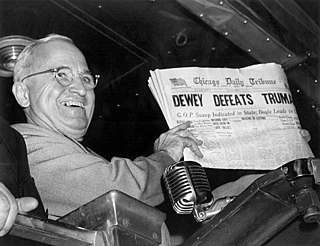The history of Estonia forms a part of the history of Europe. Humans settled in the region of Estonia near the end of the last glacial era, beginning from around 8500 BC. Before German crusaders invaded in the early 13th century, proto-Estonians of ancient Estonia worshipped spirits of nature. Starting with the Northern Crusades in the Middle Ages, Estonia became a battleground for centuries where Denmark, Germany, Russia, Sweden and Poland fought their many wars over controlling the important geographical position of the country as a gateway between East and West.

Juhan Parts is an Estonian politician who was Prime Minister of Estonia from 2003 to 2005 and Minister of Economic Affairs and Communications from 2007 to 2014. Juhan Parts is a member of the Union of Pro Patria and Res Publica party.

The People's Union of Estonia was a political party in Estonia, its last leader being Margo Miljand.
The Social Democratic Party is a social-democratic political party in Estonia, currently led by Jevgeni Ossinovski.

Mart Laar is an Estonian politician and historian. He served as the Prime Minister of Estonia from 1992 to 1994 and from 1999 to 2002. Laar is credited with having helped bring about Estonia’s rapid economic development during the 1990s. He is a member of the Pro Patria party.

Andrus Ansip is an Estonian politician, the current European Commissioner for Digital Single Market and Vice President of the European Commission, in office since 2014. Previously, he was Prime Minister of Estonia from 2005 to 2014 and chairman of the liberal Estonian Reform Party from 2004 to 2014.
Andrus Ansip is the former Prime Minister of Estonia who formed three consecutive cabinets.

Jüri Ratas is an Estonian politician who is the current leader of the Centre Party and the Prime Minister of Estonia. He acted as the vice-president of the Riigikogu from 2007 to 2016 and Mayor of Tallinn from 2005 to 2007. As a mayor of Tallinn he initiated the European Green Capital Award programme.

Parliamentary elections were held in Estonia on 4 March 2007. It was the world's first nationwide vote where part of the voting was carried out in the form of remote electronic voting via the internet.

Pro Patria is a conservative political party in Estonia. It was founded on 4 June 2006 when two conservative parties, Pro Patria Union and Res Publica Party, merged. Up to the 2007 parliamentary elections, the party held 32 seats out of 101 in the Riigikogu and one of Estonia's six seats in the European Parliament. The party is a member of the European People's Party (EPP). It has about 8,500 members. The merged party consisted of two separate boards and two party leaders, which was replaced by a unified board and leader in May 2007. The party's prime minister candidate was Mart Laar, who became a chairman of the party.

Vilja Toomast is an Estonian politician, a former Member of the European Parliament. She previously belonged to the Estonian Centre Party which she decided to leave on 9 April 2012.
The European Parliament election of 2009 in Estonia was the election of the delegation from Estonia to the European Parliament in 2009.
Jaan Kundla is an Estonian politician. He was previously an independent member of Riigikogu, formerly a member of Estonian Centre Party.

Taavi Rõivas is an Estonian politician, former leader of the Reform Party and former Prime Minister of Estonia. Before his term as the Prime Minister, Rõivas was the Minister of Social Affairs from 2012 to 2014. On 9 November 2016 his second cabinet lost a no confidence motion after two parties in the ruling coalition sided with the opposition.

The Andrus Ansip's second cabinet was the Cabinet of Estonia between 5 April 2007 and 6 April 2011. It was a coalition cabinet of the free market liberal Estonian Reform Party, conservative Union of Pro Patria and Res Publica and Social Democratic Party.

Parliamentary elections were held in Estonia on 1 March 2015. Advance voting was held between 19 and 25 February with a turnout of 33 percent. The results were a victory for the ruling Reform Party.

The Estonian Free Party is an Estonian centre-right political party founded in 2014. The chairman of the party is Kaul Nurm. The party gained 8 seats after passing the 5-percent threshold in the 2015 Estonian parliamentary elections.






















